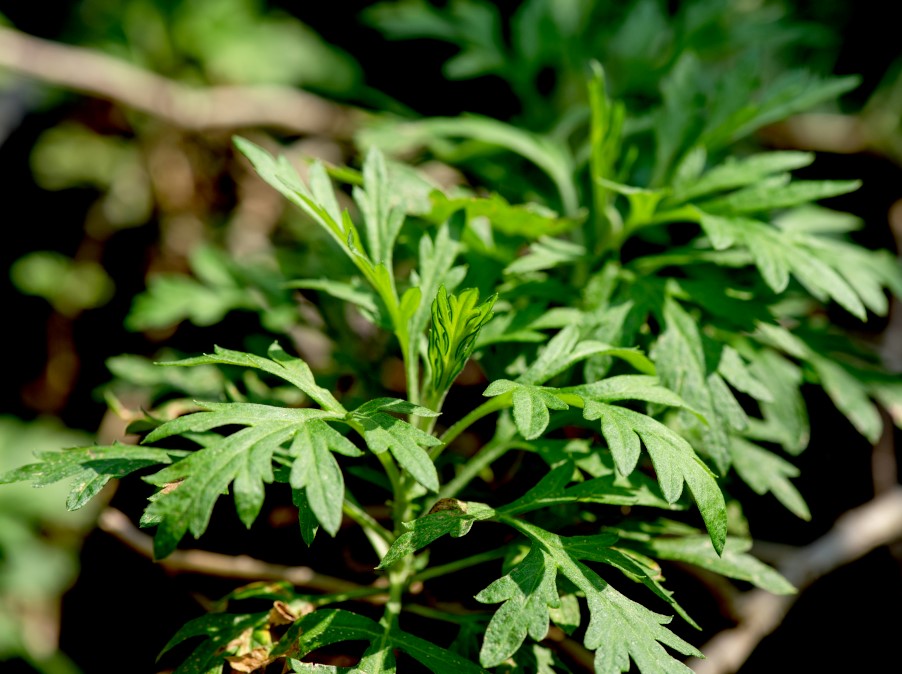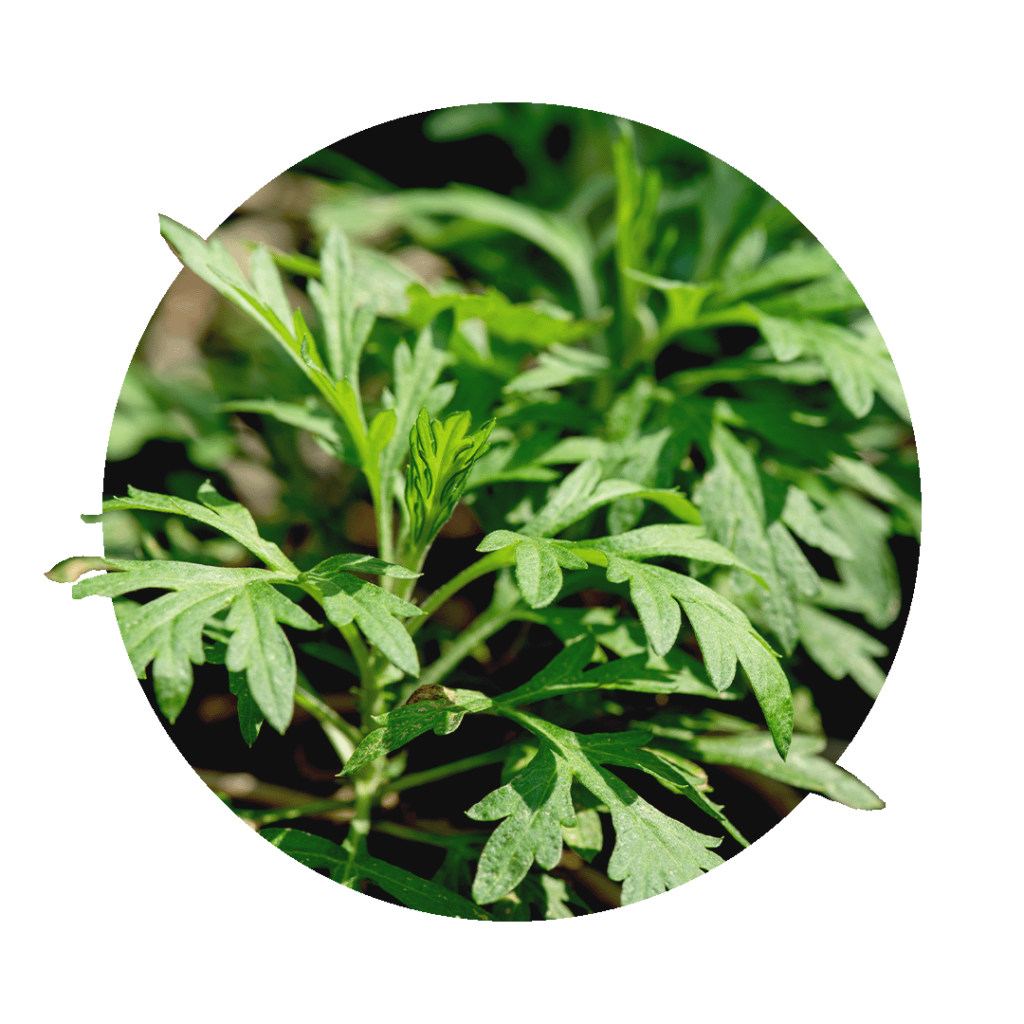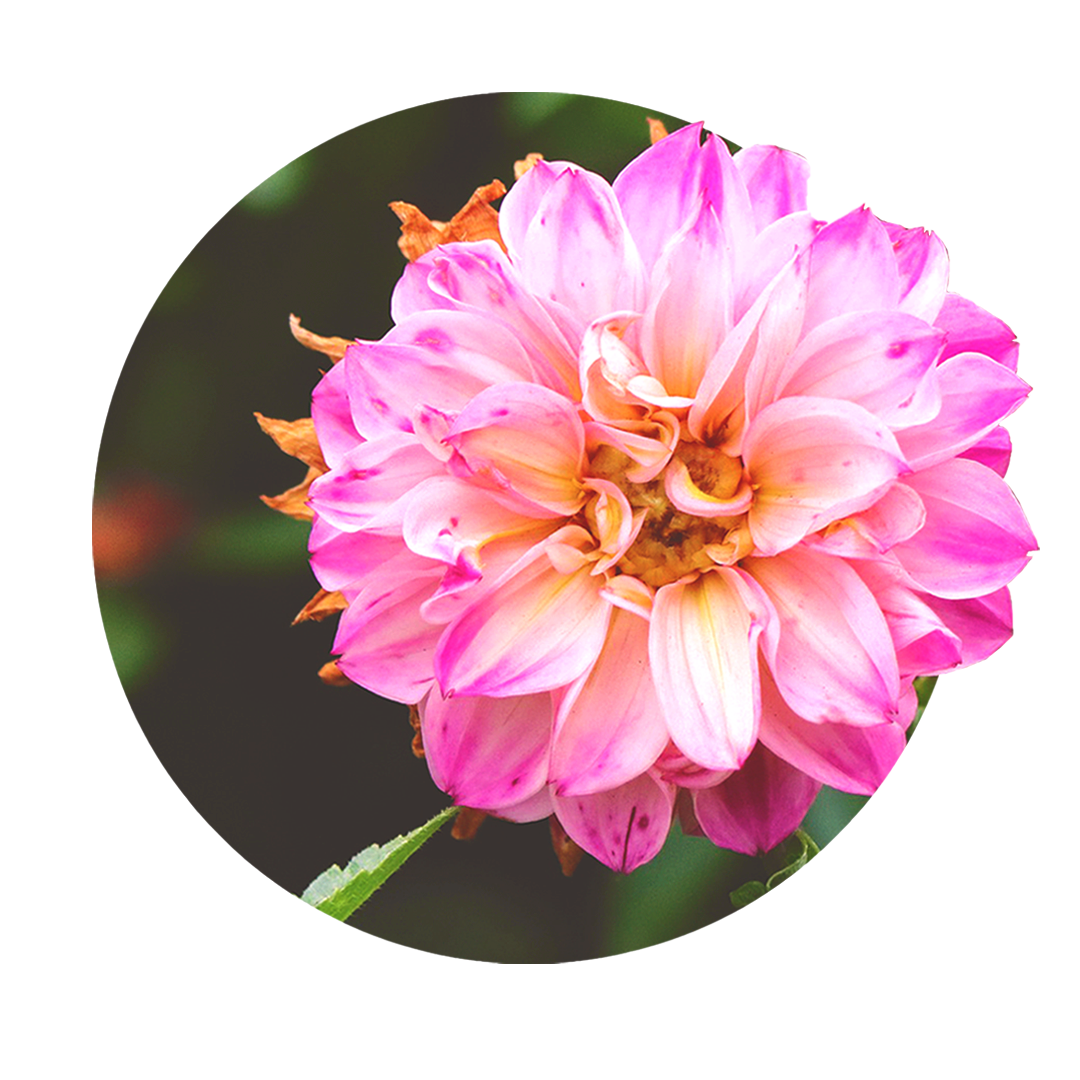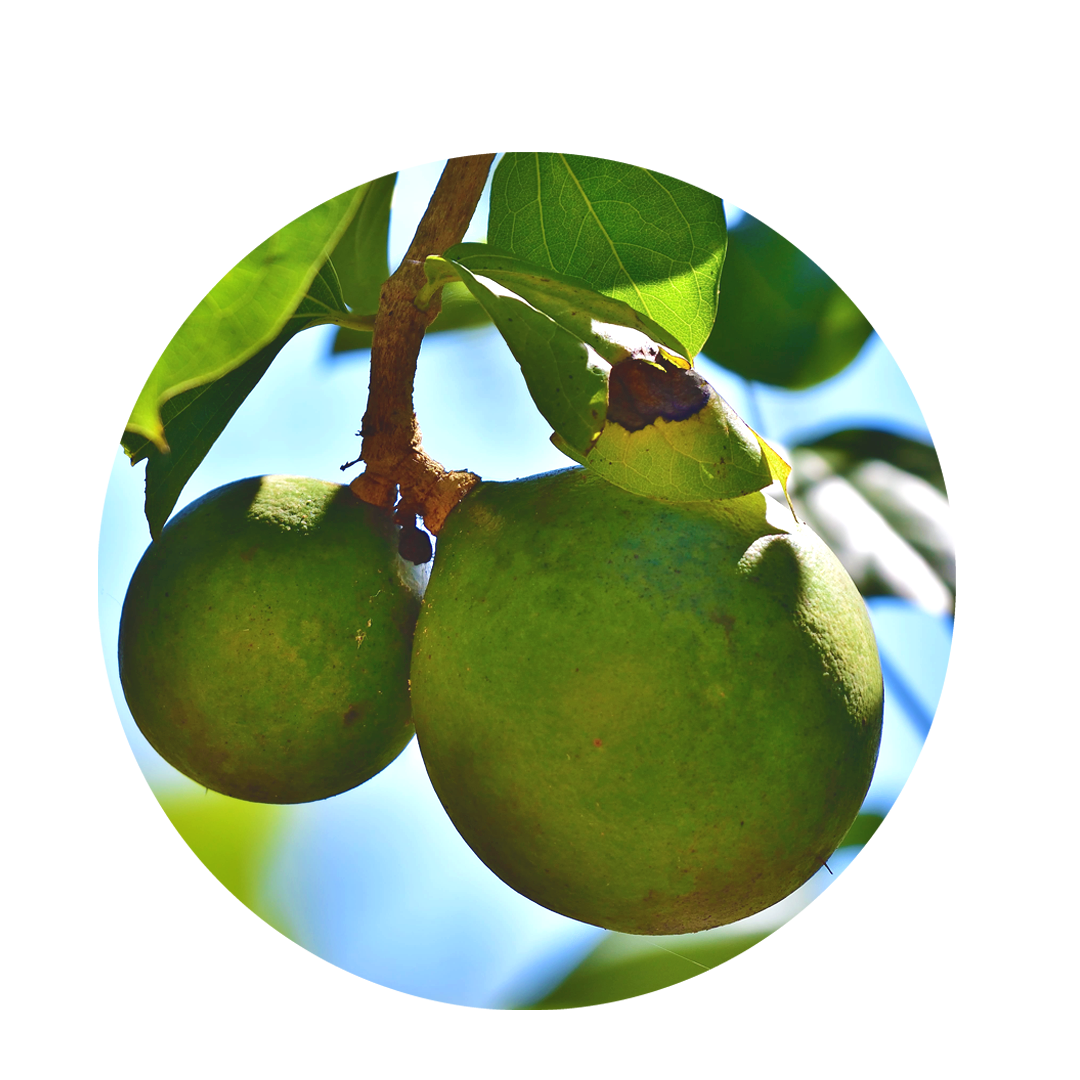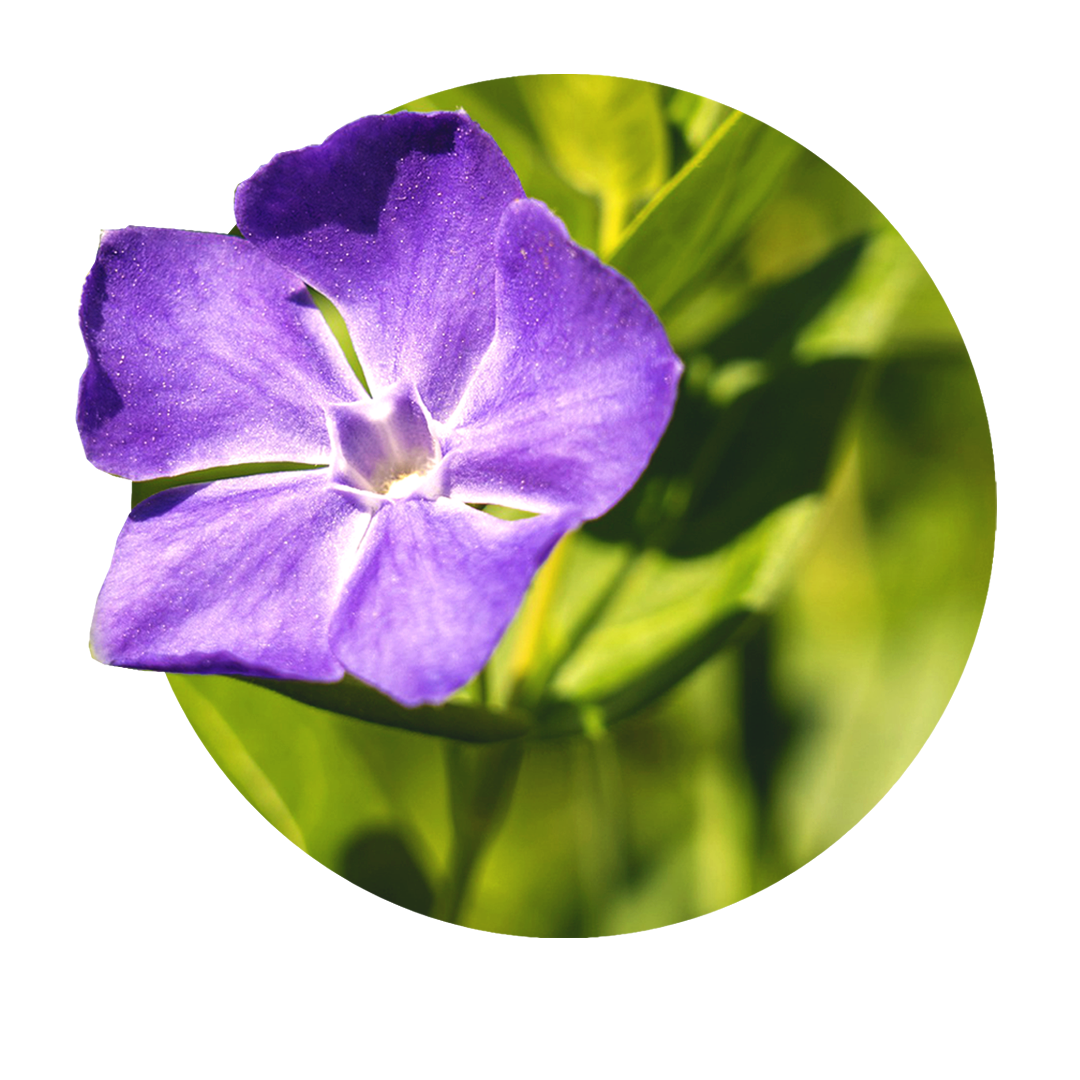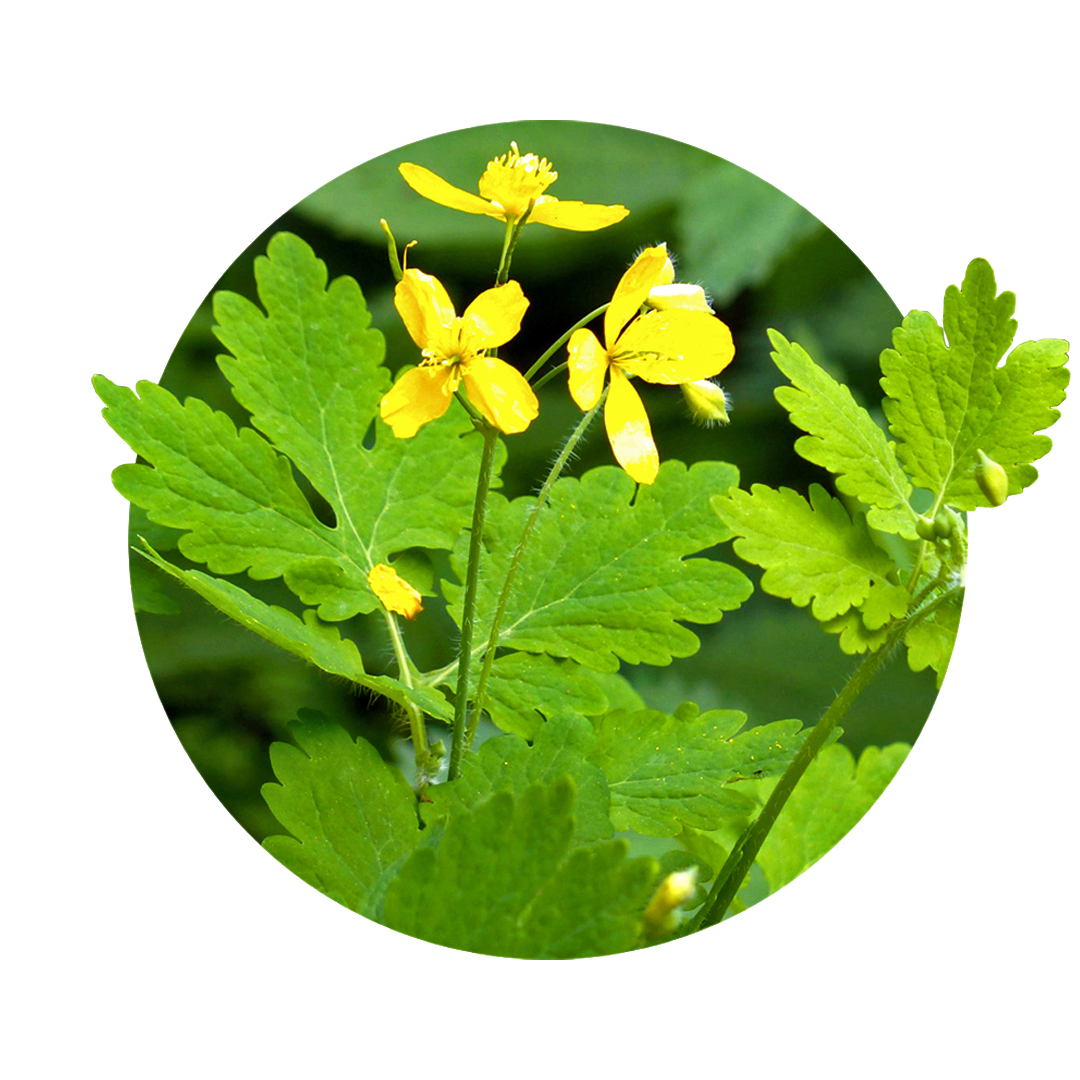Annual mugwort: highly effective against infections
The annual mugwort is originally from Asia. There it was revered as a great remedy, but fell into oblivion. It was not until the 1970s that mugwort was rediscovered as a remedy in Asia and is now considered very important. In our latitudes, mugwort has been traditionally used in medicine and cooking for centuries. Especially fatty meat should be seasoned with mugwort, as it makes the fat more digestible.
Facts about the annual mugwort
Did you know that...
... roast goose is traditionally seasoned with mugwort to make it easier to digest?
... modern antimalarial drugs are based on the active ingredients of the mugwort?
... the mugwort was grown along Roman roads, as legionaries put it in their shoes to treat aching feet?
What is annual mugwort?
Artemisia annua is an annual herbaceous plant growing up to two meters high. Originally it comes from Asia, but now has its permanent distribution areas in Europe. Very noticeable about this species is its distinctive aromatic smell, reminiscent of camphor, thyme and mint. The plant loves quite poor soils and likes to grow in areas that were flooded in winter and dry out in the summer months. It belongs to the composite family and forms characteristic yellow flowers. Its leaves are typically strongly pinnate and quite large. After flowering in September, it forms small seeds in October. All parts of the plant are used medicinally.
General and healing properties of Artemisia annua
Antimicrobial
Mugwort is antimicrobial. Its ingredients act against bacteria, viruses and fungi. They kill them and soothe the inflamed area. This allows the symptoms to recede and the body to recover.
Anti-inflammatory
Mugwort is anti-inflammatory. Its bitter substances constrict the blood vessels and allow inflammation to subside. Its action against pathogens removes the basis of what is happening and the discomfort disappears again.
Antipyretic
Mugwort is antipyretic. The artemisin it contains sets off a reaction that destroys the pathogens and causes the infection to subside. As a result, the fever goes down and the body can recover from the strain.
Digestive
Mugwort is digestive. Its bitter substances stimulate the digestive glands. The liver and pancreas secrete more secretions and enzymes, thus optimally preparing the digestive tract for the approaching food pulp.
Artemisia annua: Ingredients
Mugwort contains a whole list of known therapeutically active substances with different usefulness and indications. These include:
- Essential oils like thujone, linalool, cineole and camphor
- Bitters
- Artemisin
- Flavonoids like quercetin
- Coumarins
Annual mugwort: effect for body and mind
Mugwort has a strong anti-inflammatory effect in the body. This is due on the one hand to its effectiveness against various types of pathogens, and on the other hand also to its bitter substances and coumarins. It improves blood flow and inhibits inflammation with its astringent action. Its active ingredient artemisin is one of the basic therapeutics for malaria. The discoverer of this connection was awarded the Nobel Prize in Medicine in 2015. It also stimulates digestion with its bitter substances. The bile secretes more bile juice and the pancreas secretes more enzymes for fat digestion. The thujone contained soothes inflamed and irritated mucous membranes and has a mild analgesic effect. This is especially useful for gastritis. Mugwort also has a strong hormonal effect. Its phytohormones have an estrogenic and progestogenic effect. This can have an extremely positive influence on the psyche in a hormonal deficiency state and weaken depressive moods.
Artemisia annua properties
- Anti-inflammatory
- Promotes blood circulation
- Astringent
- Antimicrobial
- Digestive
- Antimalarial
Fields of application in naturopathy:
Due to this complex mixture of highly potent active ingredients, mugwort has a wide range of applications. These include:

Artemisia annua for herpes
The herpes viruses are among the most common viral infections. Many tend to lie dormant in the body. Since mugwort has antimicrobial activity, it tackles the viruses, reducing their population and helping the immune system to overcome and contain the infection. These include cold sores as well as shingles or the human papilloma virus, which is associated with the development of cervical cancer.
Artemisia annua for fungal diseases
Mugwort can also help with fungal diseases. Its ingredients are antifungal. They deprive the fungus of the basis of life by correcting the environment and attacking and killing the fungal spores. For this purpose, the mugwort can be applied both internally and locally externally.

Annual mugwort for acne
Acne is caused by both the body's metabolism and the skin environment. Internally, it stimulates the digestive glands and metabolism so that the skin is relieved as a potential excretory organ. Externally, mugwort helps to keep the skin well supplied with blood and to kill locally resident pathogens. It is also anti-inflammatory and soothes the skin.
Artemisia annua for fever
A classic area of application is fever in general. Artemisia has a fever-reducing effect on the body, because the mugwort supports the immune system to overcome infections. In addition, it itself acts directly against the pathogens and kills them. Thus, the organism can be relieved and fever can be quickly reduced.
Artemisia annua for digestive problems
Mugwort is very well known for its ability to promote fat digestion. It stimulates the liver to produce more bile and the pancreas to secrete more fat-splitting enzymes. This combination is still used today in traditional cooking. Fatty roasts are therefore seasoned with dried mugwort - and by the way, it also tastes great!

Annual mugwort for menopausal symptoms
Mugwort is often used for menopausal symptoms. Its ingredients act as phytohormones and have an estrogenic and gestagenic effect. Thus, they are both antispasmodic and antiperspirant. Especially in the case of psychological difficulties in menopause, which have a hormonal origin, mugwort has proven its worth, as it also has a regulating influence on the stress hormone cascade of the body and provides relief here.
Annual mugwort for hemorrhoids
Many hemorrhoids are caused by the digestive glands being overloaded, especially the liver. It cannot cope with the amount of nutrient-rich blood from the intestines and cannot process it. As a result, this blood backs up in the body, which shows up in the form of hemorrhoids on the finest vessels of the anus. Artemisia stimulates the digestive glands so that the liver can filter this nutrient-rich blood. The congestion disappears again and with it the hemorrhoids.
Annual mugwort for Helicobacter pylori.
Some often difficult gastritis is caused by a pathogen called Helicobacter pylori. If this spreads in the stomach, it can lead to chronic infections with severe pain. In the long term, the risk of a stomach cancer diagnosis also increases. Mugwort is effective against this pathogen and tackles the infection. By means of its active ingredient thujone, it also relieves pain and calms the inflammation of the mucous membrane. In addition, it improves digestion and decramps the tense stomach, which brings further relief.
Artemisia annua for viral diseases
Basically, the mugwort has an excellent effect in viral diseases. The active ingredient artemisin reacts with iron in the body, generating free radicals that attack the virus cells and destroy their structure. In addition, its ingredients support the body's immune system and help it to act non-specifically against the infection. The infection time is thus shortened and the patient gets back on his feet faster.
Notes on the use of annual mugwort
Mugwort can be both as a component of the phytotherapeutic, spagyric or homeopathic complex remedy. It is also available as a single remedy. It is often used as a tea for colds and infections. Its seeds are digestive and are also drunk as a tea preparation. Basically, it is recommended to be taken as a cure with several times a day. Permanent therapy or permanent prophylaxis is not recommended.
Artemisia annua during pregnancy & lactation
Mugwort should not be taken during pregnancy and lactation. Its active ingredients can potentially have an abortifacient effect.
Artemisia annua for allergies
The mugwort is quite allergenic. Pre-exposed patients may react to the pollen with hay fever and skin irritation on contact.
Discover our recipes
With natural methods such as the individual spagyric sprays from Zimply Natural, complaints can be treated and sustainably alleviated.
Use healing power of annual mugwort!
Use the healing power of Artemisia annua and our other more than 100 medicinal plants for the natural relief of your ailments. Improve your well-being and support your body, mind and soul! Use our configurator to create your personal spagyric spray, which is tailored to your needs and accompanies you on your natural path to the improvement of body, mind and soul.

